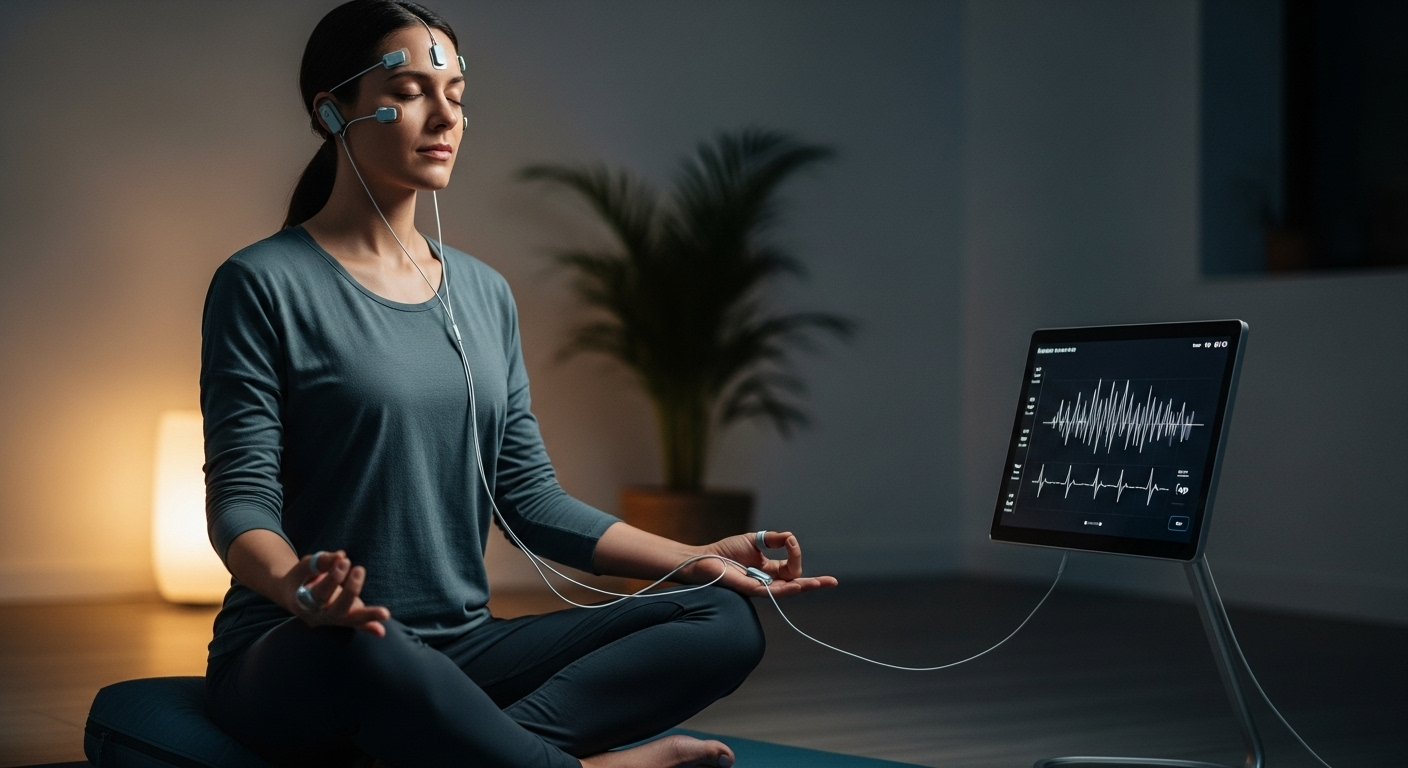Digital Wellness: Recalibrating Our Relationship with Technology
Balancing digital consumption with mental health has become increasingly vital in our hyper-connected world. As our devices become extensions of ourselves, a new frontier in wellness has emerged—one that focuses on harmonizing our technological dependencies with our innate need for mental clarity and presence. This modern health challenge transcends demographics, affecting everyone from tech-savvy teenagers to professionals navigating remote work environments. How can we maintain our digital connections without compromising our psychological wellbeing? The answer lies in developing a mindful approach to technology use that prioritizes our cognitive and emotional health above constant connectivity.

The Neurological Impact of Digital Overexposure
Our brains weren’t designed for the constant barrage of information and stimulation that modern technology delivers. Research from neuroimaging studies shows that excessive screen time activates dopamine pathways similar to those triggered by addictive substances. This neurochemical response explains why many people experience genuine withdrawal symptoms when separated from their devices. The prefrontal cortex—responsible for decision-making, impulse control, and attention—shows decreased activity after prolonged digital engagement, particularly on social media platforms designed to capture and maintain attention through variable reward mechanisms.
Extended digital immersion also disrupts our default mode network, the neural system that activates during moments of introspection and mind-wandering. This network plays a crucial role in creativity, memory consolidation, and identity formation. When constantly engaged with digital inputs, we deprive ourselves of these essential cognitive processes, potentially contributing to increased anxiety, decreased attention spans, and impaired emotional regulation capacities that characterize many modern mental health challenges.
Technostress and Its Physical Manifestations
The psychological strain of constant connectivity manifests in tangible physical symptoms collectively known as “technostress.” This modern condition presents through elevated cortisol levels, disturbed sleep architecture, increased muscle tension, and visual fatigue. Studies conducted at occupational health centers document that workers experiencing high levels of technostress show measurably higher blood pressure readings and report more frequent headaches than control groups with healthier technological boundaries.
Perhaps most concerning is technology’s impact on sleep quality. The blue light emitted by screens suppresses melatonin production, delaying sleep onset by an average of 16-30 minutes according to research from sleep laboratories. This disruption extends beyond mere duration—it affects critical deep sleep phases responsible for cognitive restoration and memory consolidation. The resulting sleep debt creates a cascading effect on metabolic health, immune function, and mood regulation, making digital wellness inseparable from broader health considerations.
The Attention Economy and Mindful Technology Consumption
Today’s digital landscape operates on what researchers call the “attention economy”—a system where user engagement represents the primary currency. Understanding this framework helps explain why applications and platforms utilize sophisticated psychological techniques to maximize screen time. Features like infinite scroll, autoplay, and strategically timed notifications exploit natural cognitive vulnerabilities in human attention mechanisms.
Developing mindful technology consumption begins with recognizing these persuasive design elements. Simple interventions like disabling non-essential notifications can reduce attentional disruptions by up to 70% according to workplace productivity studies. Similarly, utilizing grayscale display settings diminishes the visual reward system that keeps users engaged, making devices less psychologically compelling. These technical adjustments, combined with scheduled digital breaks, create cognitive space that allows for deeper focus, increased presence, and improved information processing—benefits that extend well beyond the digital realm into overall cognitive performance.
Digital Boundaries and Relationship Health
The quality of our interpersonal connections has been profoundly affected by technology integration. Research from relationship psychology demonstrates that merely having a smartphone visible during conversations reduces perceived empathy and connection between participants. This phenomenon, termed “phubbing” (phone snubbing), correlates with decreased relationship satisfaction across various interpersonal contexts from romantic partnerships to parent-child interactions.
Establishing healthy digital boundaries involves creating technology-free zones and times—designated spaces and periods where devices remain absent. Some families implement “device baskets” at mealtime, while others maintain technology-free bedrooms. These environmental modifications signal to our brains when transition periods occur between connected and present states. Data from family therapy interventions shows that households implementing such boundaries report improved communication quality and relationship satisfaction within 2-3 weeks of consistent practice.
Digital Wellness Technologies: Tools for Mindful Engagement
Ironically, technology itself offers some of the most effective solutions for managing technology use. Digital wellness applications utilize attention monitoring, usage statistics, and cognitive behavioral techniques to help users develop healthier engagement patterns. These tools provide objective data about digital consumption that many users systematically underestimate—most people use their smartphones 50-100% more than they self-report in survey research.
Screen time management applications that incorporate gradual reduction goals rather than abrupt restrictions show higher adherence rates. Similarly, tools that focus on improving the quality rather than merely reducing the quantity of digital engagement help users prioritize meaningful online activities over passive consumption. The most effective applications incorporate elements of gamification and social accountability, turning digital wellness into a measurable, achievable practice rather than an abstract concept.
Practical Digital Wellness Strategies
-
Implement the 20-20-20 rule to reduce digital eye strain: every 20 minutes, look at something 20 feet away for 20 seconds
-
Create device-free transition periods at the beginning and end of each day—at least 30 minutes after waking and before sleeping
-
Schedule specific times to check email and social media rather than responding to each notification immediately
-
Use airplane mode strategically during deep work sessions or family time to prevent attentional fragmentation
-
Regularly audit and uninstall applications that consistently leave you feeling depleted rather than enriched
-
Practice “tech Sabbaths”—designated 24-hour periods of minimal or no digital connectivity—to reset your relationship with technology
Digital wellness represents a critical frontier in modern health optimization. By approaching our relationship with technology mindfully, we can harness its benefits while mitigating its potential harms. The goal isn’t digital abstinence but rather intentional engagement—using technology as a tool rather than being unconsciously used by it. As we continue navigating an increasingly connected world, developing these skills becomes not merely advantageous but essential for maintaining cognitive clarity, emotional wellbeing, and authentic human connection in the digital age.





